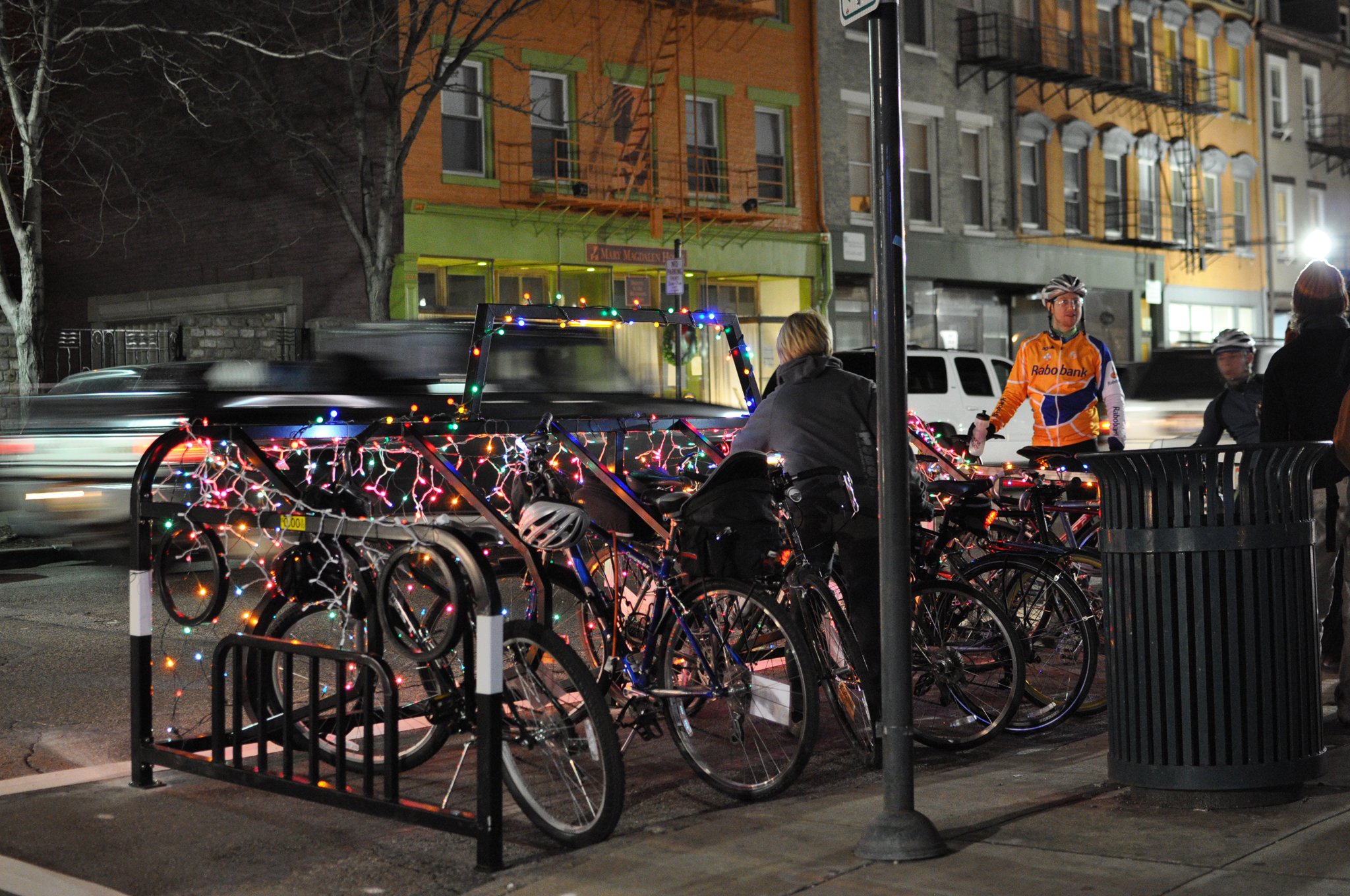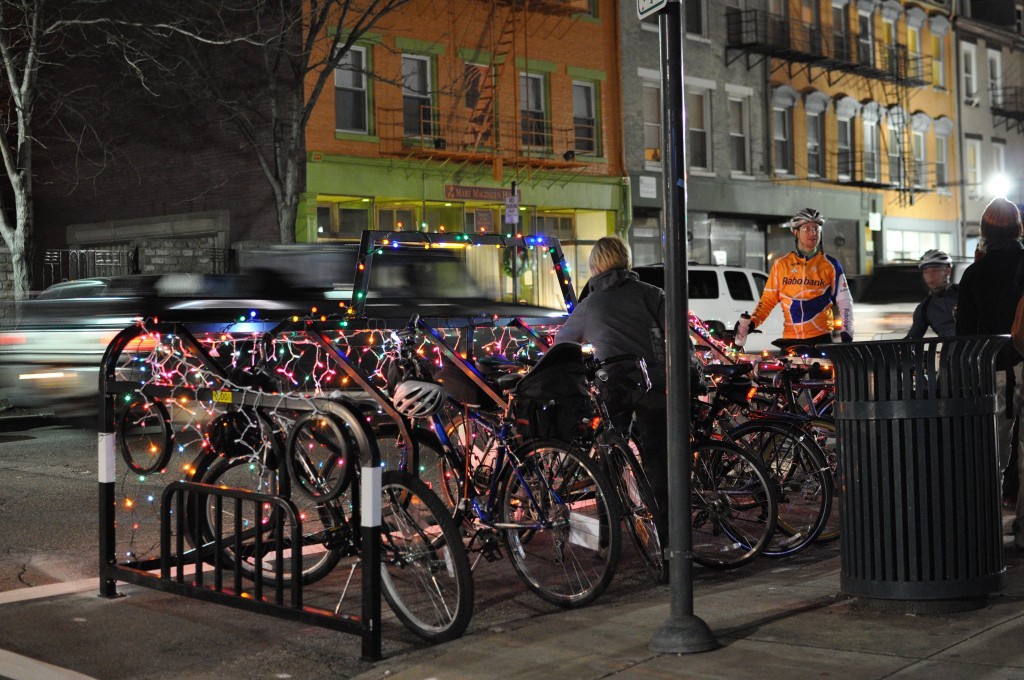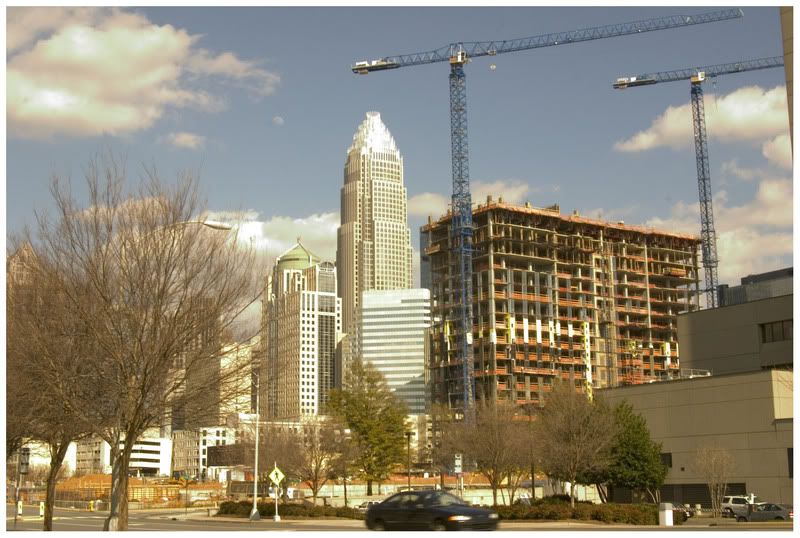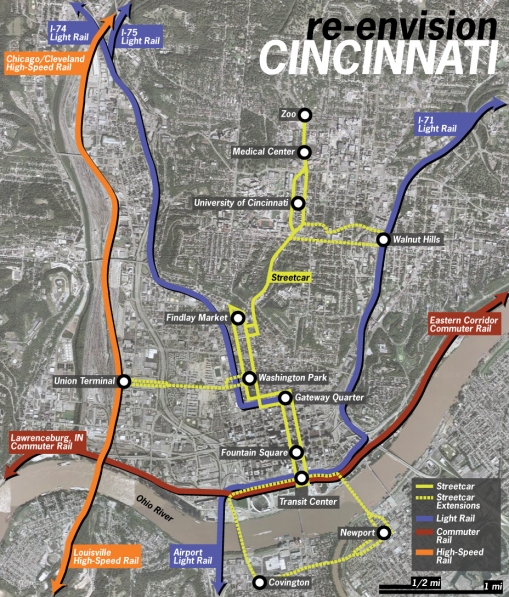
As many of you may know by now, Cincinnati will be hosting the 2012 World Choir Games. It is a marque event for the region, and will mark the first time the international event has been held in North America. Tens of thousands of people from around the world will converge on Cincinnati, and regional leaders are looking to impress.
The ideas have ranged from installing multilingual signs throughout the center city to branding a new city slogan all around town in time for the visitors. What is important is that city leaders do not view this event as a singular excuse to debate these types of improvements, but rather as an event that allows Cincinnati to looks at itself from the outside in and implement new ideas that will leave a lasting impact long after the final choir leaves town.
Cincinnati does in fact have a long history with music and the arts in general. It is one of the major reasons why the World Choir Games selected Cincinnati as its 2012 host, and this fact should be celebrated. Cincinnati leaders should look at ways to engraining more of the arts, and music in particular, into our everyday lives.
ArtsWave does a great job at this, and does so at a regional level. But after a flurry of recent travels I had an idea for Cincinnati that should be put in place in time for the World Choir Games, and stay in effect permanently.
The Cincinnati/Northern Kentucky International Airport should pay local muscians to play within its facilities. Inside the concourse tunnel, inside Concourse B, and near baggage claim.
Traveling can often be a stressful experience, especially international travel. On a recent trip to Chicago, I was pleasantly surprised to be greeted by violin and guitar musicians after an otherwise unpleasant flight and arrival experience. The moment, while simple, was profound. I felt relaxed and welcomed to Chicago – something all travelers hope to encounter upon their arrival.
To avoid the ‘bum on the street’ perception, airport officials should ask that musicians not leave open their instrument cases for tips, and simply pay the musicians an hourly rate. In my opinion, this would go much farther towards welcoming visitors to the Cincinnati region than any inanimate piece of art could ever do. At the same time, it would provide a reliable opportunity for local musicians to perform and get paid doing it.
Cincinnati should take advantage of the World Choir Games far beyond the immediate $73.5 million economic impact that it is estimated to generate. Most importantly, leaders should not get too caught up in those short-term impacts that they miss out on creating long-term benefits for the region.
DISCLOSURE: Jenny Kessler is a regular contributor to UrbanCincy and serves as the website’s operations manager. Kessler also works professionally for ArtsWave, but had no input or association with this article. The opinions expressed in this article are solely those of Randy A. Simes, and do not necessarily represent those of ArtsWave.








